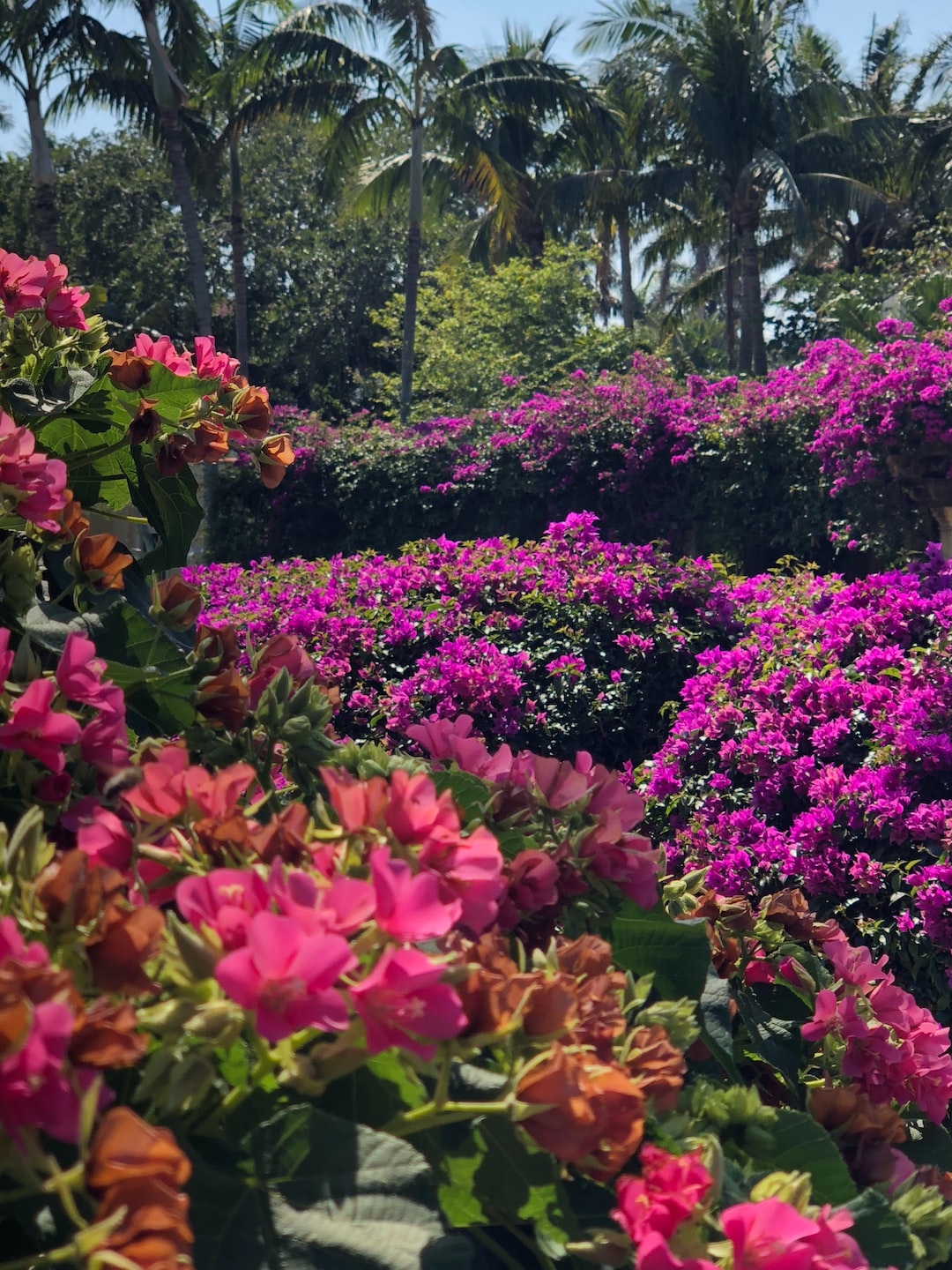The Secrets to Growing Lush and Green Lawns
Having a lush and green lawn is the dream of every homeowner. A well-maintained lawn not only enhances the beauty of your property but also provides a cool and inviting space for outdoor activities. However, achieving that perfect lawn is not always easy and requires some dedication and effort. In this blog post, we will share some secrets to help you grow a lush and green lawn that will be the envy of your neighbors.
1. Prepare the Soil
The key to growing a healthy lawn starts with the soil. Before you start planting grass seeds or laying sod, it is essential to prepare the soil properly. Break up any compacted soil with a rake or aerator to allow proper drainage and air circulation. Add organic matter such as compost or peat moss to improve the soil’s nutrient content and water retention capacity. Testing the soil’s pH level is also crucial; most grass types prefer a slightly acidic pH between 6 and 7.
2. Choose the Right Grass Type
Selecting the right grass for your lawn is crucial for its success. Factors such as climate, sun exposure, and foot traffic should influence your choice. Cool-season grasses like Kentucky bluegrass and tall fescue thrive in regions with cold winters and mild summers, while warm-season grasses such as Bermuda grass and Zoysia grass are better suited for areas with hot summers and mild winters. Each grass type has different maintenance requirements and growth habits, so do some research and choose the grass that best suits your climate and needs.
3. Proper Mowing Techniques
Mowing your lawn is a routine task, but it is essential to follow the right techniques to ensure healthy growth. Set your mower at the recommended height for your grass type and never remove more than one-third of the blade height in a single mow. Regular mowing encourages root development and thickens the grass, reducing weed growth. Additionally, sharpen your mower blades regularly to achieve clean cuts and avoid damaging the grass.
4. Watering Wisely
Watering is one of the secrets to a green and vibrant lawn. Deep watering encourages grass roots to grow deeper, making them more resilient to drought and heat stress. Water your lawn early in the morning to minimize evaporation and give enough time for the grass blades to dry before nightfall, reducing the risk of fungal diseases. Apply water evenly to avoid creating puddles or dry patches. Additionally, invest in a rain gauge or moisture sensor to avoid overwatering or underwatering your lawn.
5. Feeding Your Lawn
Like any other living organism, your lawn needs proper nutrition to thrive. Regularly fertilizing your lawn will provide it with the necessary nutrients for healthy growth. Choose a high-quality fertilizer that matches your grass type and follow the recommended application rates. Ideally, apply fertilizer in early spring and late fall to promote root growth and strengthen the grass for the upcoming seasons. Avoid fertilizing during drought periods or extreme heat, as this can damage the grass.
6. Controlling Weeds and Pests
Weeds and pests are common enemies of a lush lawn, and proper control measures should be taken to minimize their impact. Regularly inspect your lawn for weeds and manually remove them, along with their roots, to prevent further spread. Applying a pre-emergent herbicide in early spring can also help prevent weed growth. For pest control, consider using natural or organic methods, such as beneficial nematodes or insecticidal soap, to avoid harmful chemicals that may damage your lawn or harm the environment.
7. Aerate and Overseed
Over time, lawns can become compacted, making it difficult for air, water, and nutrients to reach the grass roots. Aeration involves removing small plugs of soil from your lawn, allowing for better air and water circulation. This process should be done once or twice a year, depending on the condition of your lawn. After aerating, overseeding will help fill any bare spots and improve the density and overall health of your lawn. Choose a quality grass seed that matches your existing grass type and follow the recommended seeding rates.
In conclusion, growing a lush and green lawn requires ongoing care and attention. With proper soil preparation, choosing the right grass type, mowing and watering correctly, feeding your lawn, controlling weeds and pests, and regular aeration and overseeding, you can maintain a beautiful and healthy lawn that will be the envy of your neighborhood. Remember, patience and consistency are key, and the rewards of a vibrant and vibrant lawn will be well worth the effort.


